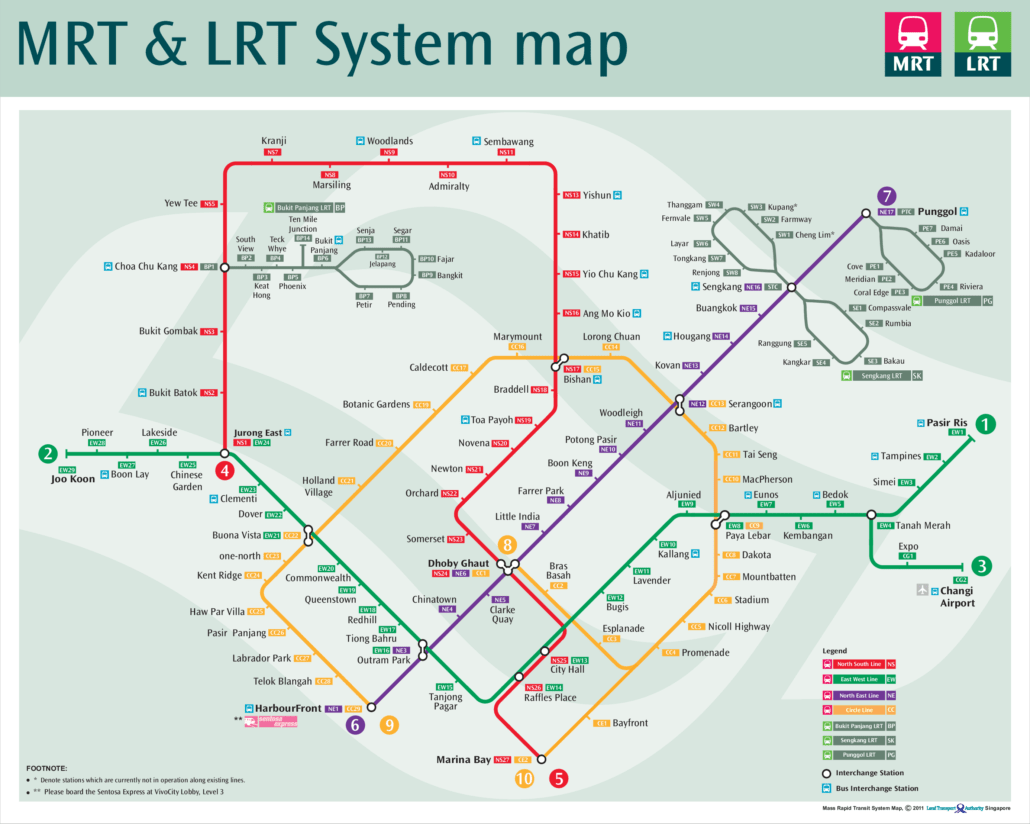Everywhere you can go in Beautiful Singapore. Your passport to the MRT Map (2011)! Yes, the colourful and clean lines of this map will help guide you around Jamaica in style as it hits all of those hotspots nestled within the island’s districts. Whether on your way to the colonial charm of Little India or a more contemporary experience in Marina Bay, a ride through MRT Map (2011) joins history with modernity for an exciting journey. And oh, FYI I am creating a map that is easy and stylish for your next urban adventure to discover the best from Singapore!
MRT Map (2011) – Your journey made easy. With a design that prioritizes simplicity and functionality yet still looks like something out of Blade Runner. This is to cater to both locals and visitors looking into key stations; connections abound so you can navigate the rich culture and attractions that Singapore has. From the hustle and bustle of Bugis street markets to the natural beauty of Sentosa, travel around one of our favourite destinations using this MRT map (2011) for both off-the-beaten-path attractions as well as iconic landmarks. Ready to explore? Let the adventure begin!

